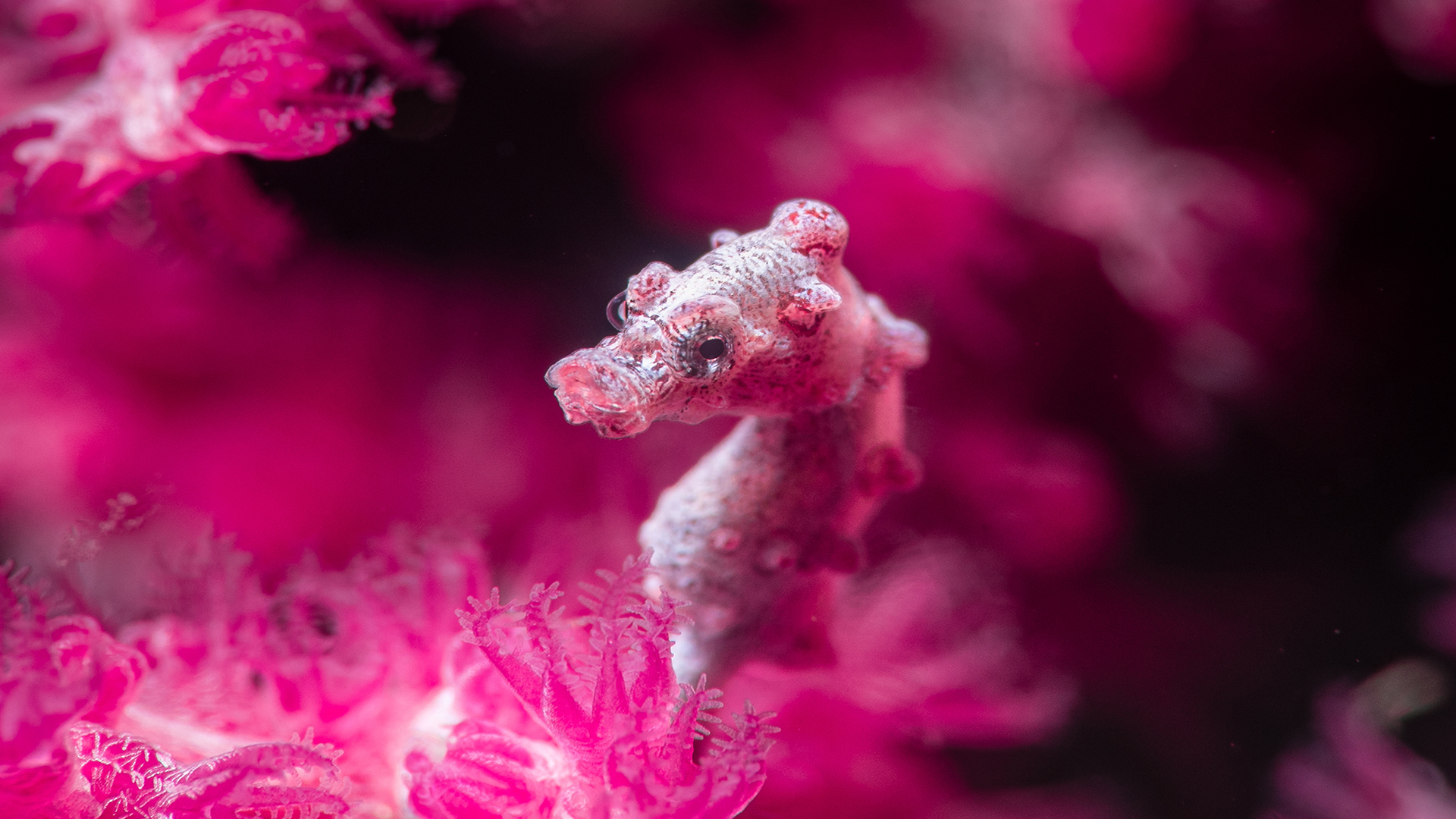Nature is a master of disguise, full of secretive creatures and hidden wonders that most of us never get the chance to see. Some animals are so perfectly camouflaged they can disappear into their surroundings like magic, while others live in remote corners of the world so untouched they’ve become the stuff of legend.
Ever heard of a frog you can literally see through? Or a jellyfish so rare it’s been spotted only a handful of times in the deep ocean? These wildlife marvels aren’t just hard to find – they’re nature’s ultimate hide-and-seek champions!
But don’t worry, you don’t need a plane ticket to Madagascar or a submarine to the ocean floor to discover them. I’ve rounded up some of the most mysterious, elusive, and mind-blowing animals from around the world!
They are masters of camouflage living in the planet’s most secluded habitats! So grab your virtual binoculars, because these hidden wildlife gems are about to blow your mind!
1. Glass Frogs
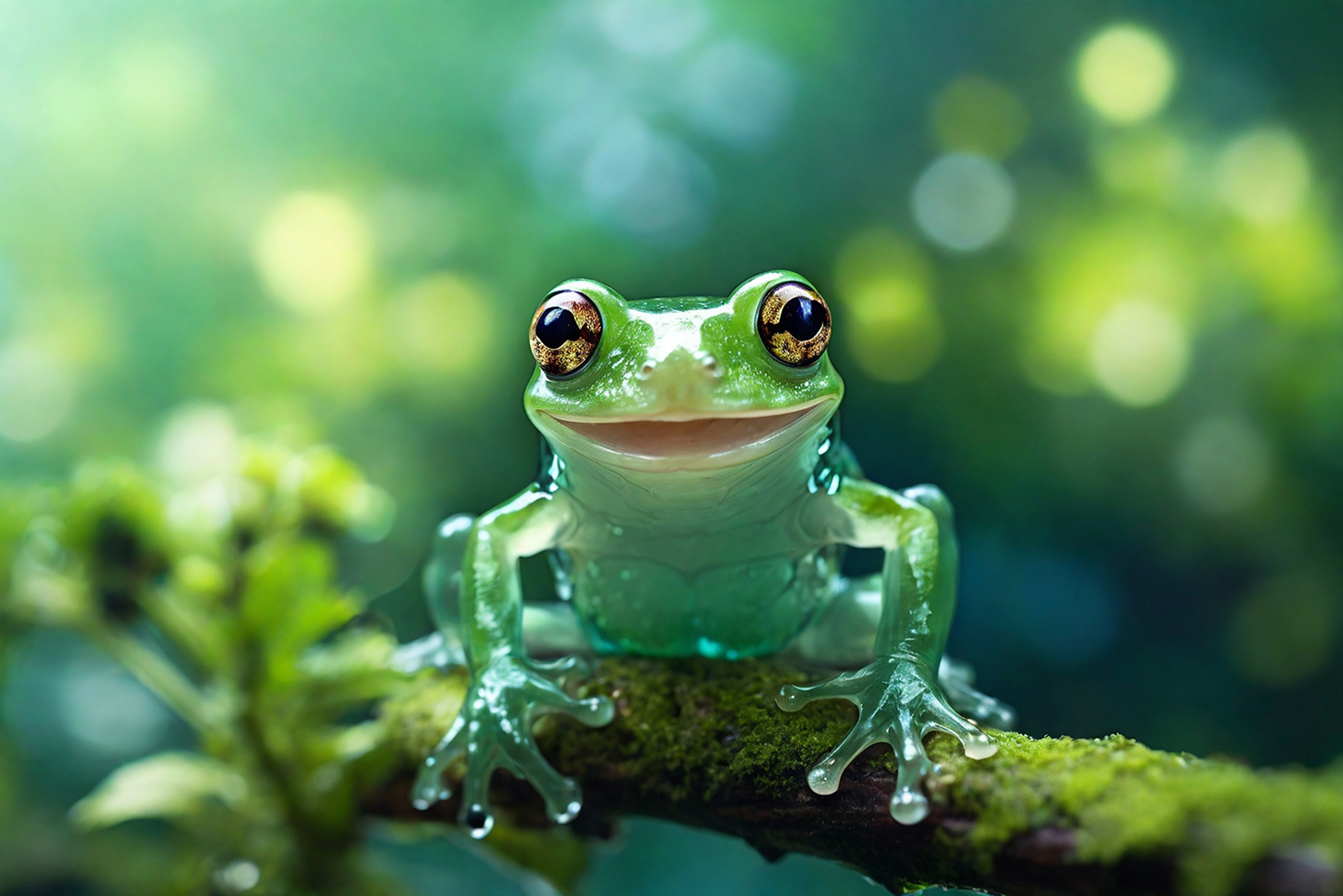
Glass frogs are the ultimate peek-a-boo champions of the rainforest, and they take the whole “now you see me, now you don’t” game to a whole new level! Native to the lush rainforests of Central and South America, these amphibians have a jaw-dropping party trick – transparent skin!
Their bellies are so clear you can actually see their tiny, delicate organs, including their beating hearts! They’re like tiny, froggy science experiments come to life! But don’t judge a book by its transparent cover – they’re actually masters of survival!
Glass frogs cling to leaves high in the dense forest canopy, perfectly camouflaged against the green backdrop. Their near-invisibility helps them avoid predators while they snooze during the day!
Spotting one in the wild requires a perfect mix of patience, expert knowledge, and a whole lot of luck. If you do manage to see one, consider yourself part of a very exclusive club!
2. Leaf-Tailed Geckos
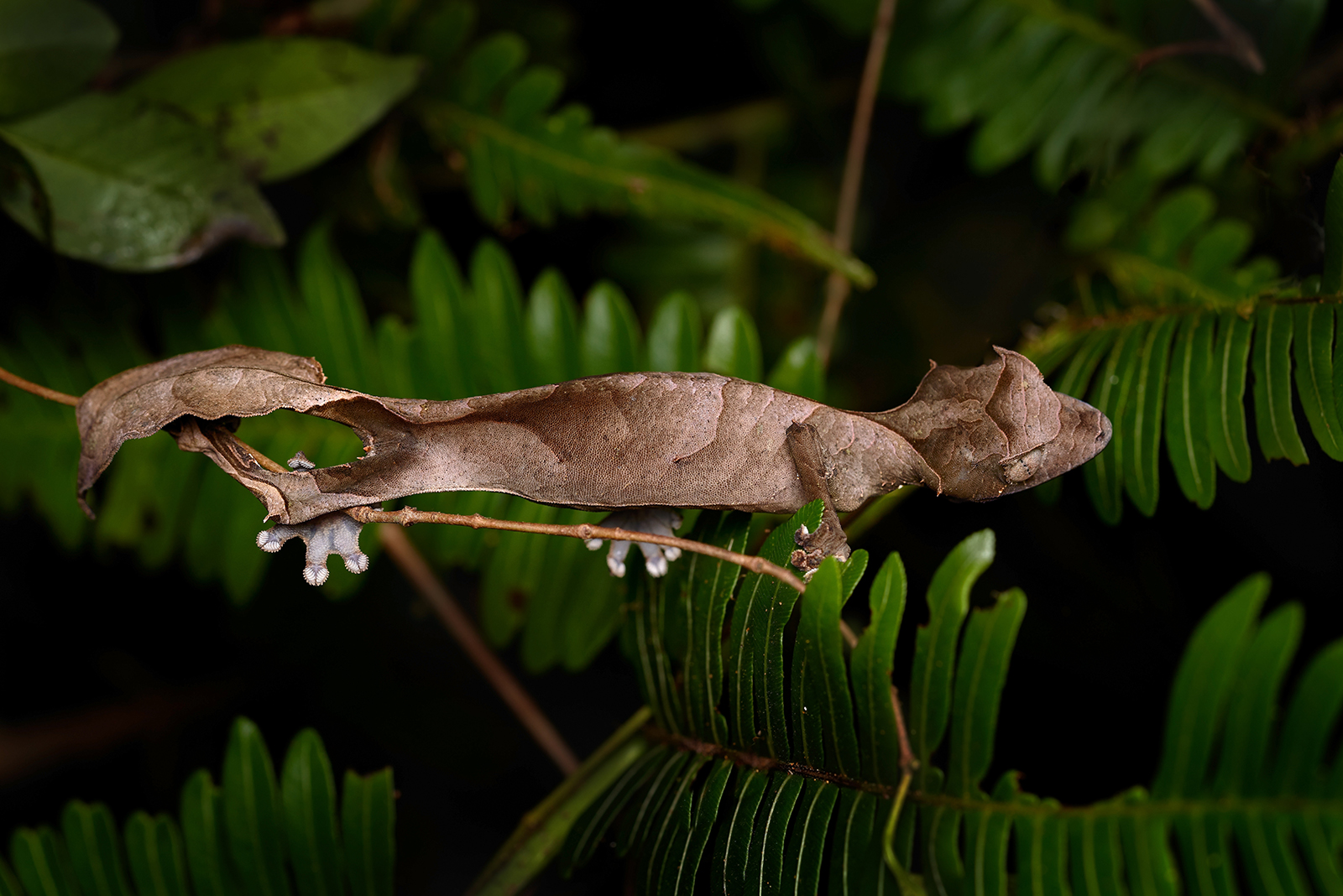
Imagine walking through a forest and passing a tiny, jagged leaf – except, surprise! It’s not a leaf at all; it’s a leaf-tailed gecko! Hailing from the magical island of Madagascar, these geckos are the most ultimate of disappearing acts!
With their textured, leaf-shaped bodies and bark-like coloring, they can blend so flawlessly with tree bark and foliage that even the sharpest eyes miss them. Some have frilly edges along their tails that mimic decaying leaves, while others stay perfectly still against tree trunks during the day, almost daring you to try and spot them! Cool, isn’t it?
Their camouflage game is so strong they even have small imperfections mimicking holes and tears on their bodies – now that’s commitment!
3. Pygmy Seahorses
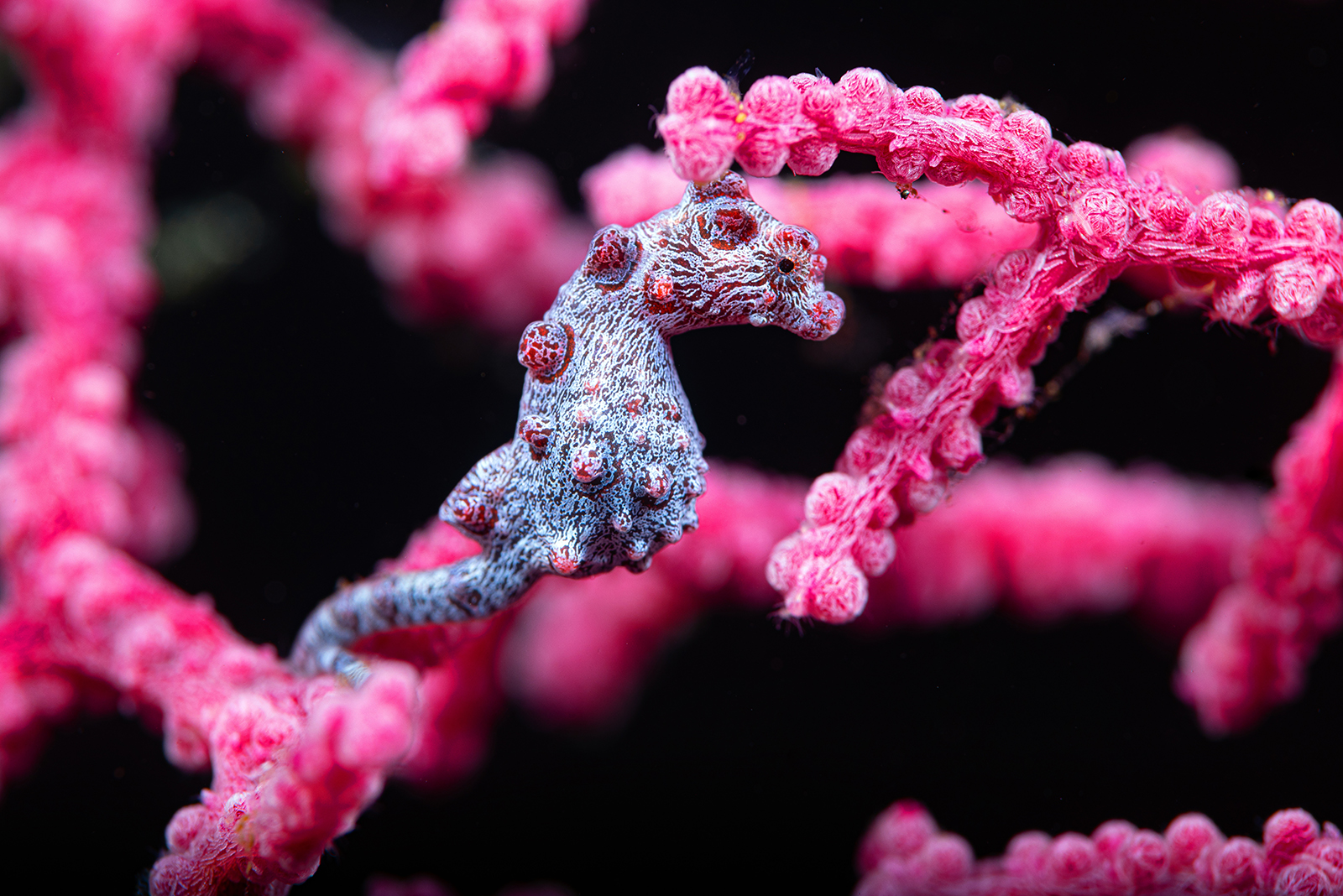
If you thought tiny animals couldn’t be fascinating, wait until you meet the pygmy seahorse. Measuring barely the size of a grain of rice – yes, rice! – these tiny ocean wonders redefine the concept of “blending in.”
Found clinging to coral reefs in the Indo-Pacific, they take camouflage to the next level by perfectly matching the corals they call home. They imitate everything: their textured skin matches the exact hues of pink, purple, or orange of their surroundings!
Their blending in is so impressive that they were only discovered because a researcher accidentally broke a piece of coral and noticed the tiny, living speck within! So, even trained divers with specialized lenses struggle to spot them!
They wrap their tiny tails around sea fans, remaining motionless for hours. If you do spot one, consider it the underwater equivalent of winning the wildlife lottery!
4. Snow Leopards
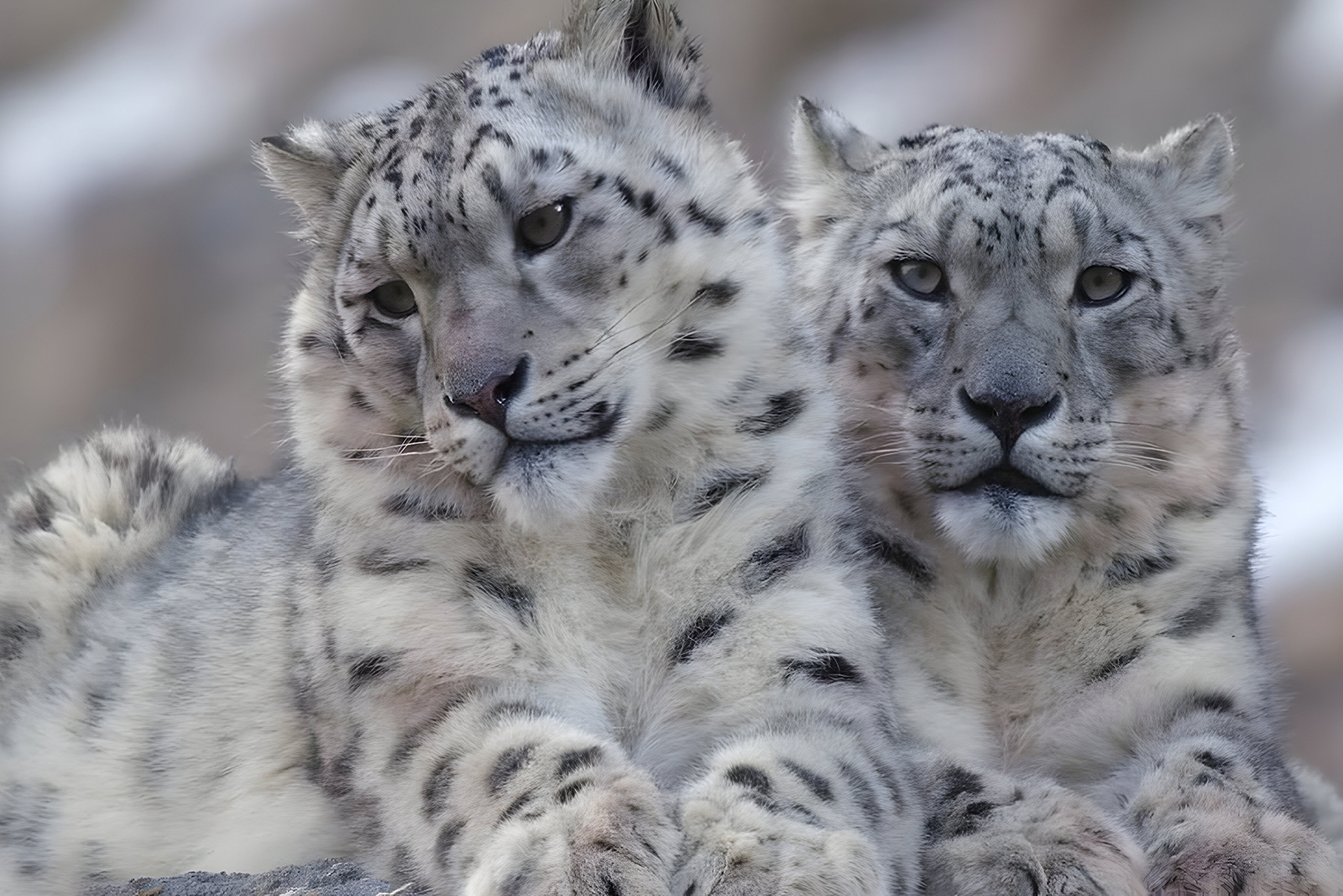
Known as the “ghost of the mountains,” the snow leopard seems more like a legend than a living creature. Roaming the high-altitude ranges of Central Asia, these breathtaking big cats are practically invisible among the rocky, snowy slopes they call home.
Their pale and spotted fur blends seamlessly into the harsh terrain, making them super difficult to spot! So much so that many wildlife photographers consider seeing one the highlight of their careers! Woah!
But the snow leopard’s ability to vanish isn’t just about their fur. They’re masters of stealth! You know, moving gracefully across steep cliffs with near-silent steps while keeping their distance from human activity.
Can you imagine that? Living at elevations of up to 19,000 feet, their remote habitats make them even harder to find. If you’re lucky enough to catch a glimpse, it’s the kind of moment you’ll never forget!
5. Common Nighthawks
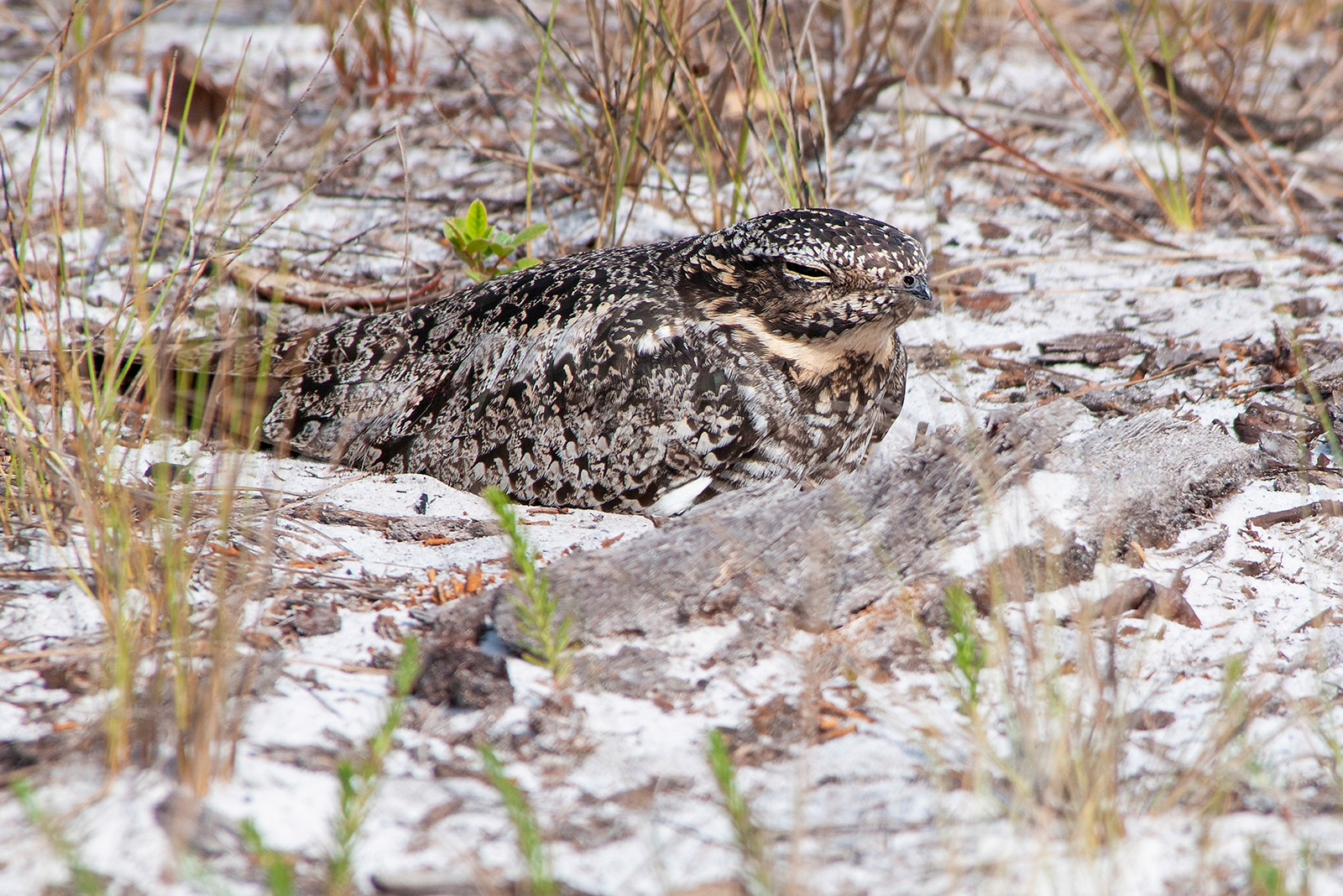
Ever tried to find a bird that’s practically mastered the art of invisibility? Meet the common nighthawk, a bird so well-camouflaged it might as well have a built-in invisibility cloak!
These expert hiders are often found blending with gravel roads, tree bark, or dry leaves during the day thanks to their mottled brown, gray, and black feathers. But good luck spotting one – they stay perfectly still, relying on their camouflage to avoid detection!
And when they take to the skies at dusk? Forget it! Their erratic, zigzagging flight pattern makes them look like shadows dancing against the twilight sky. They’re the kind of bird you hear before you see, making a distinct “peent” call that echoes through the evening air.
If you’re lucky enough to catch one mid-flight, you’ll be amazed by their aerial acrobatics and ghostly presence, proof that some of nature’s most fascinating creatures are hiding in plain sight!
6. Axolotls
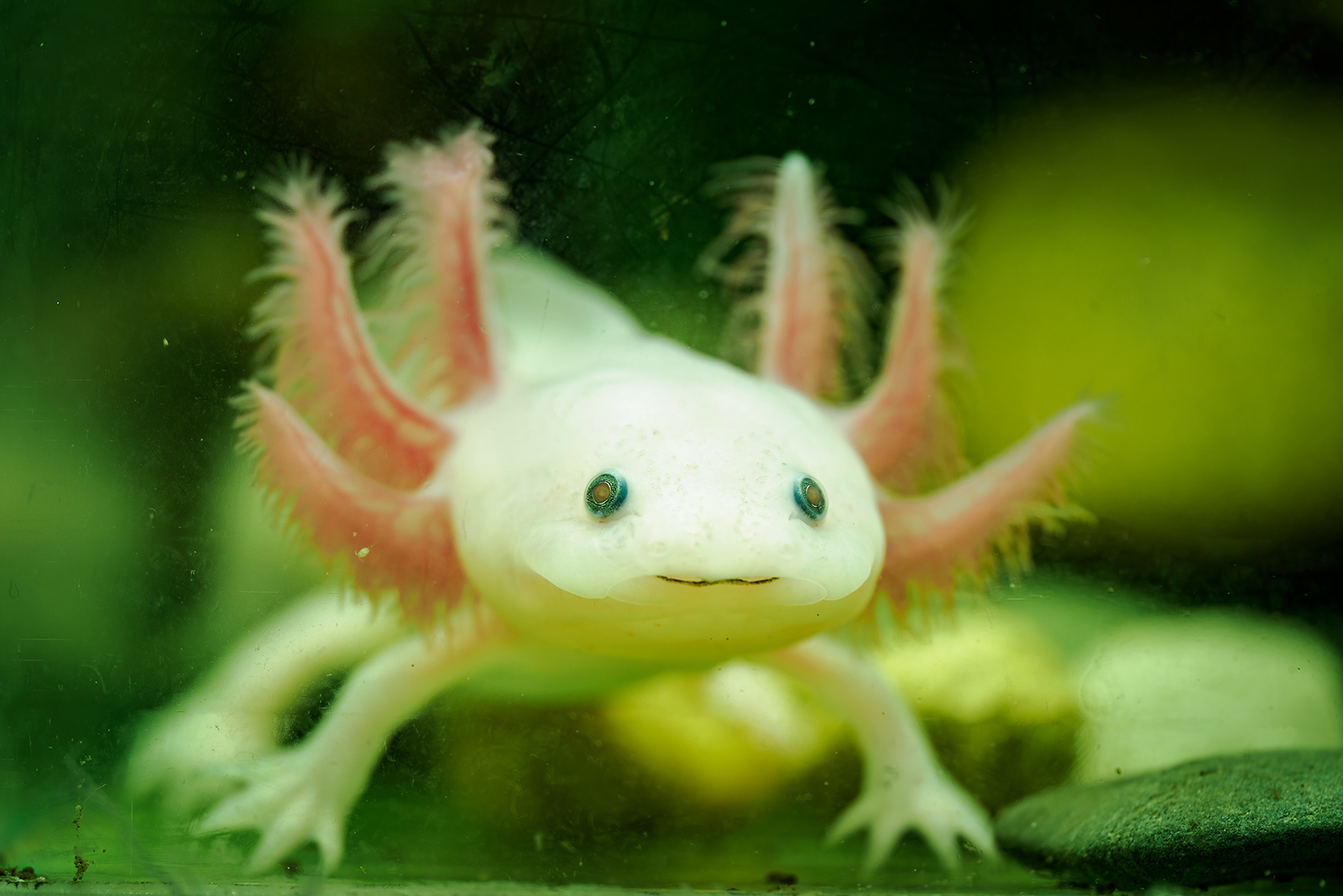
The axolotl, nicknamed the “Mexican walking fish,” is less like a fish and more like a fascinating alien. With their wide, grinning faces and feathery external gills that fan out around their heads, they look like they belong in a fantasy movie rather than a freshwater lake!
Native only to a few lakes in Mexico, axolotls have a rare superpower – they never fully mature, staying in their larval stage their whole lives while still being able to reproduce.
Talk about living in eternal youth! Unfortunately, they’re critically endangered in the wild due to habitat loss, making them extremely rare outside of captivity. But in aquariums? They’re total celebrities, adored for their adorable smiles and quirky charm!
7. Night Parrots
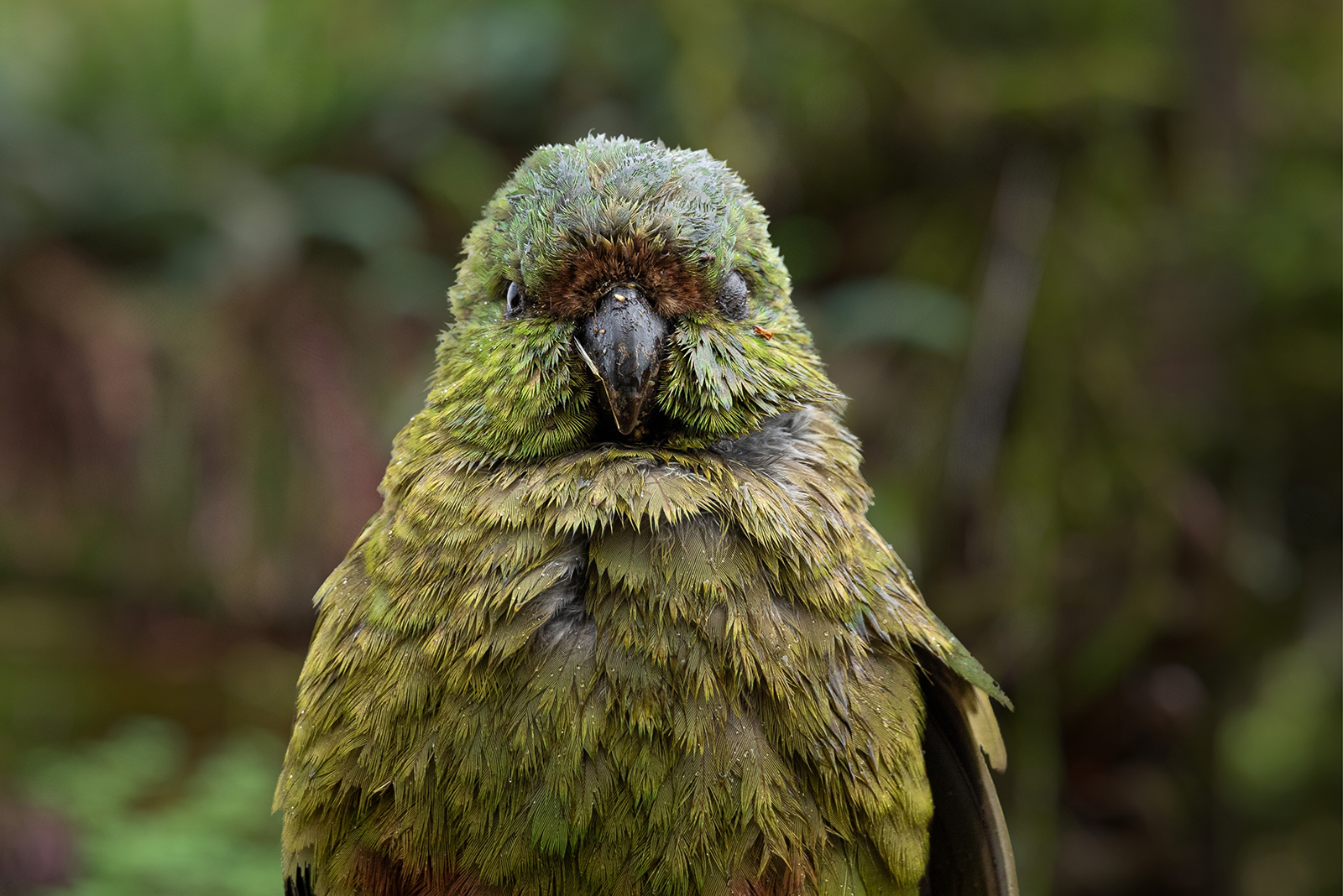
The night parrot is so rare that it was once considered extinct for over a century! All until a few lucky sightings brought it back into the spotlight. This nocturnal bird, native to Australia, is a true master of stealth.
During the day, it hunkers down in thick vegetation, staying completely silent and still. At night, it emerges briefly to forage, making it incredibly difficult to track. Even expert bird watchers can spend years searching without a single glimpse!
Part of the mystery comes from their cryptic green plumage, which blends perfectly into the spinifex grass they call home. Spotting a night parrot has become a sort of holy grail for bird enthusiasts, adding to its legend as one of the hardest birds to find on the planet.
8. Leaf Insects
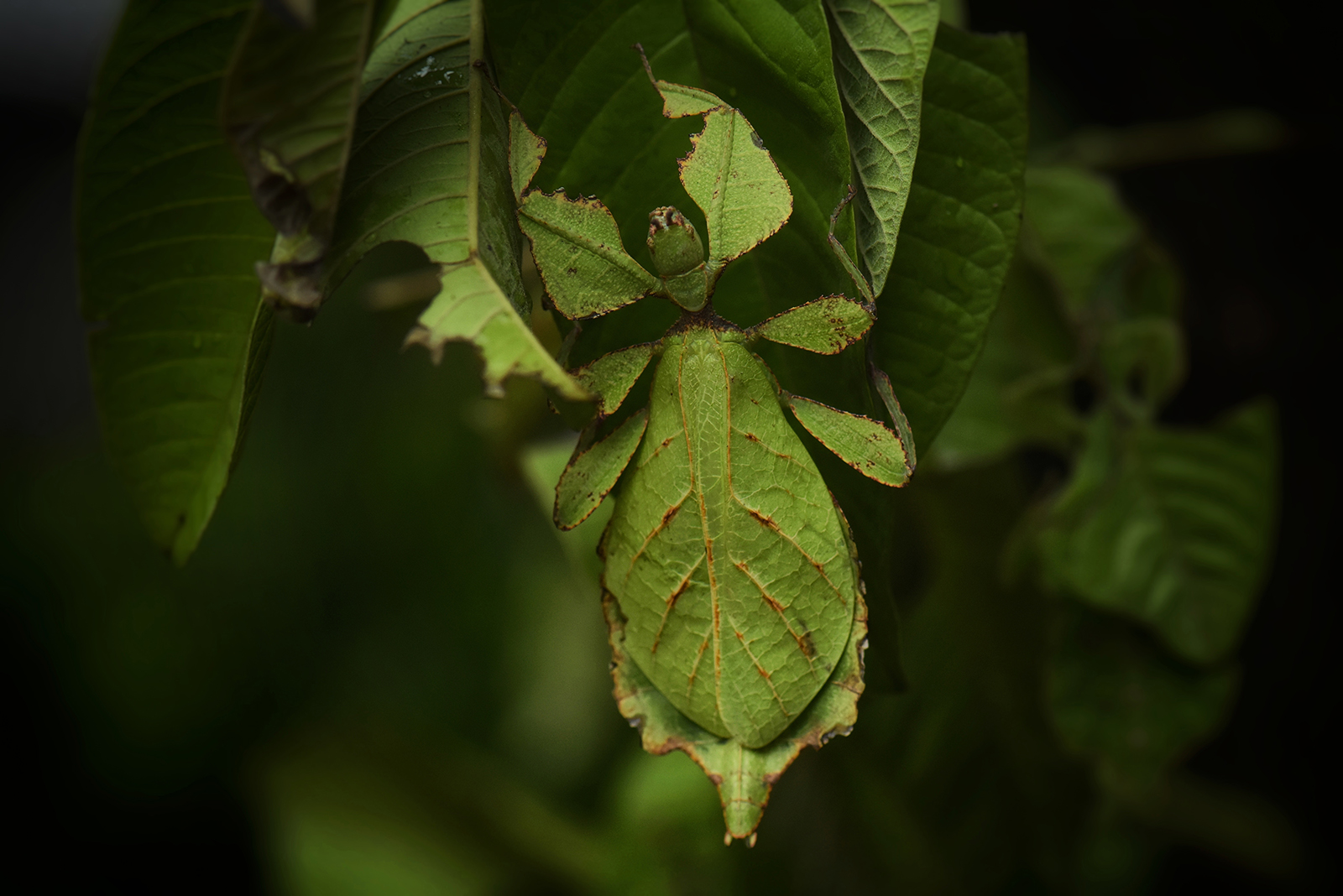
Leaf insects, also known as walking leaves, have taken the art of blending into a whole new level. These incredible insects, native to Southeast Asia and parts of Australia, look so much like actual leaves that even their movements mimic the gentle sway of foliage in the breeze!
Their entire bodies are leaf-shaped, complete with veins and even natural discoloration to resemble a leaf turning brown. Some even have tiny holes and imperfections on their wings, making them nearly impossible to spot when they’re resting on a tree branch.
What makes them even cooler? They can remain completely still for hours, waiting patiently to avoid detection by predators like birds and reptiles. Leaf insects are herbivores and spend their nights munching on, you guessed it, leaves, while remaining hidden in plain sight during the day.
9. Giant Phantom Jellyfish
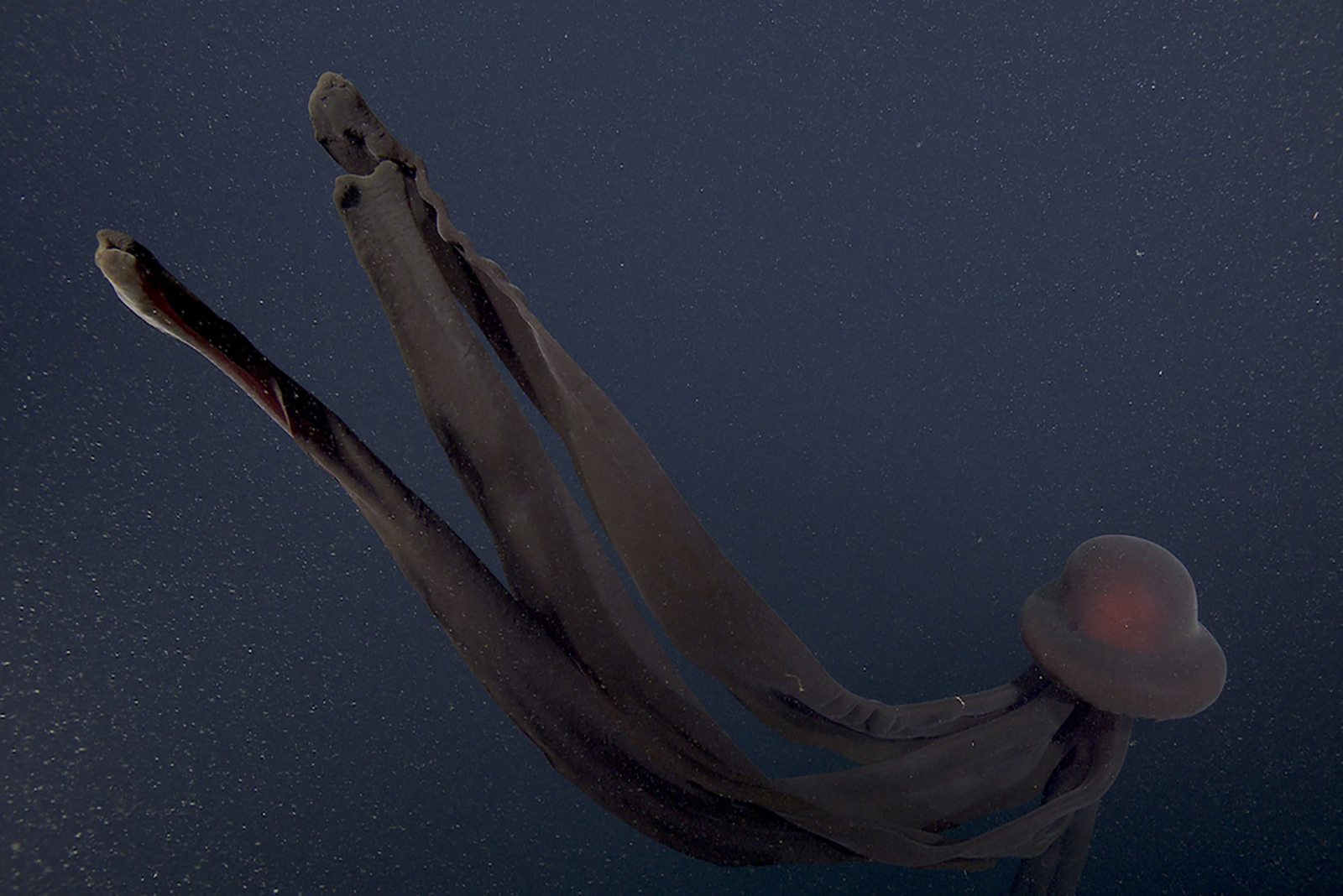
If you’ve ever imagined a creature straight out of a sci-fi movie, meet the giant phantom jellyfish! This deep-sea marvel looks like something from another dimension, with its bell-shaped body and trailing arms stretching an impressive 33 feet long!
Found at ocean depths of over 3,000 feet, the giant phantom jellyfish drifts silently through the twilight zone of the ocean, where sunlight barely reaches. Its long, flowing arms pulse gently as it moves, creating an almost otherworldly effect – like a ghost haunting the deep sea! Alexa, play Hans Zimmer’s Davy Jones!
The reason this jellyfish is so rarely seen? Its habitat is so remote and challenging to explore that only a handful of sightings have been recorded, usually during deep-sea submersible missions.
Despite its haunting appearance, the giant phantom jellyfish isn’t dangerous to humans. Instead, it uses its massive arms to entangle small fish and plankton!
10. The Pangolin
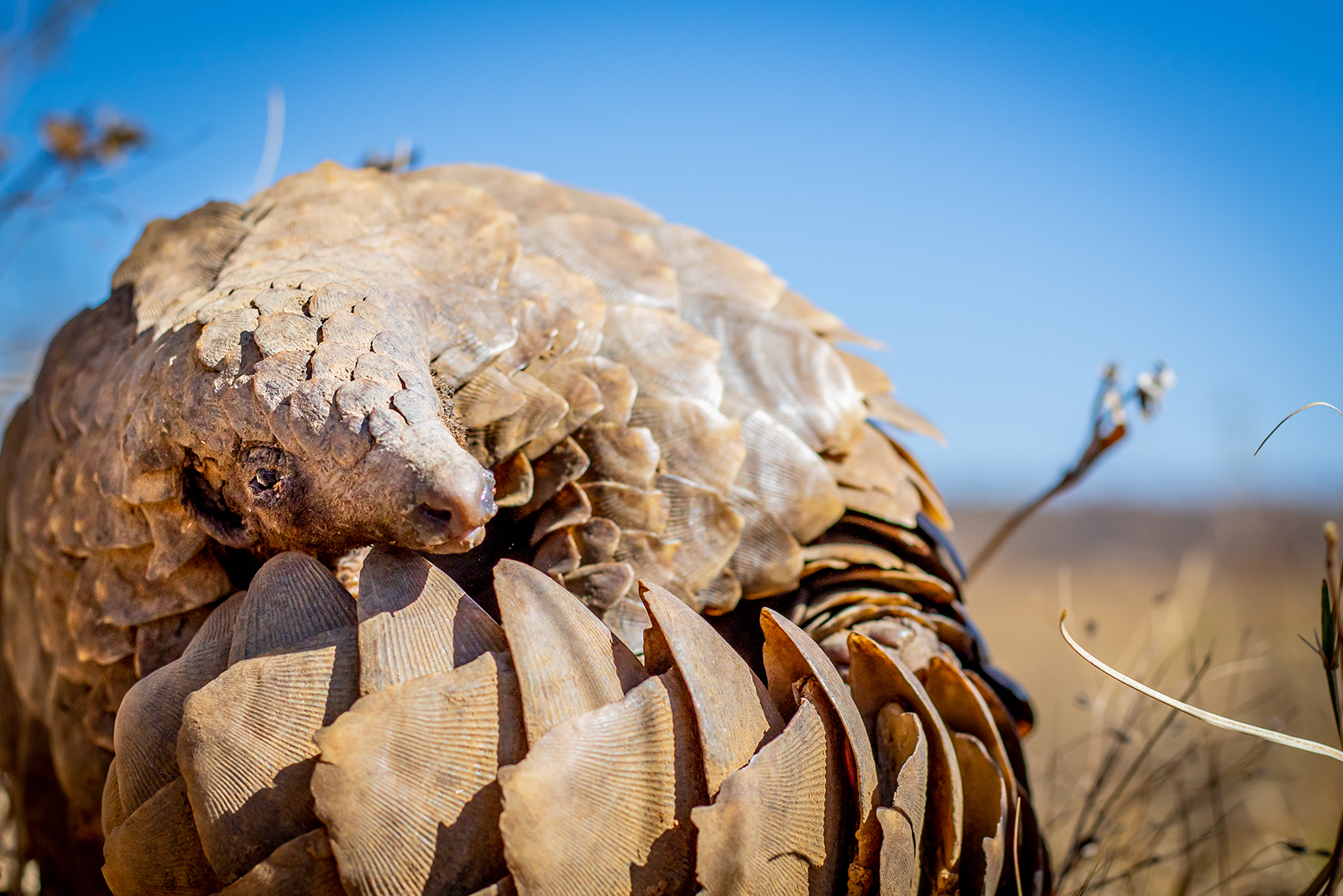
Pangolins are basically nature’s version of a living pine cone – but way cuter! Covered in overlapping scales made of keratin (the same stuff as your fingernails), these gentle mammals are found in parts of Africa and Asia.
When threatened, pangolins curl into a tight, armored ball, making it nearly impossible for predators to get a grip. But their defensive strategy isn’t just about their scales – they can also release a stinky odor from their glands, kind of like a skunk’s warning spray!
Despite their awesome armor, pangolins are incredibly vulnerable to poaching and habitat loss. In fact, they hold the unfortunate title of being the most trafficked mammal in the world due to the illegal trade of their scales.
They’re nocturnal, shy, and spend the majority of their time searching for ants and termites with their long, sticky tongues! That means that spotting one in the wild is incredibly rare.
Protecting these amazing creatures has become a top priority for conservationists, but their secretive nature keeps them hidden from even the most dedicated wildlife watchers.
11. The Okapi
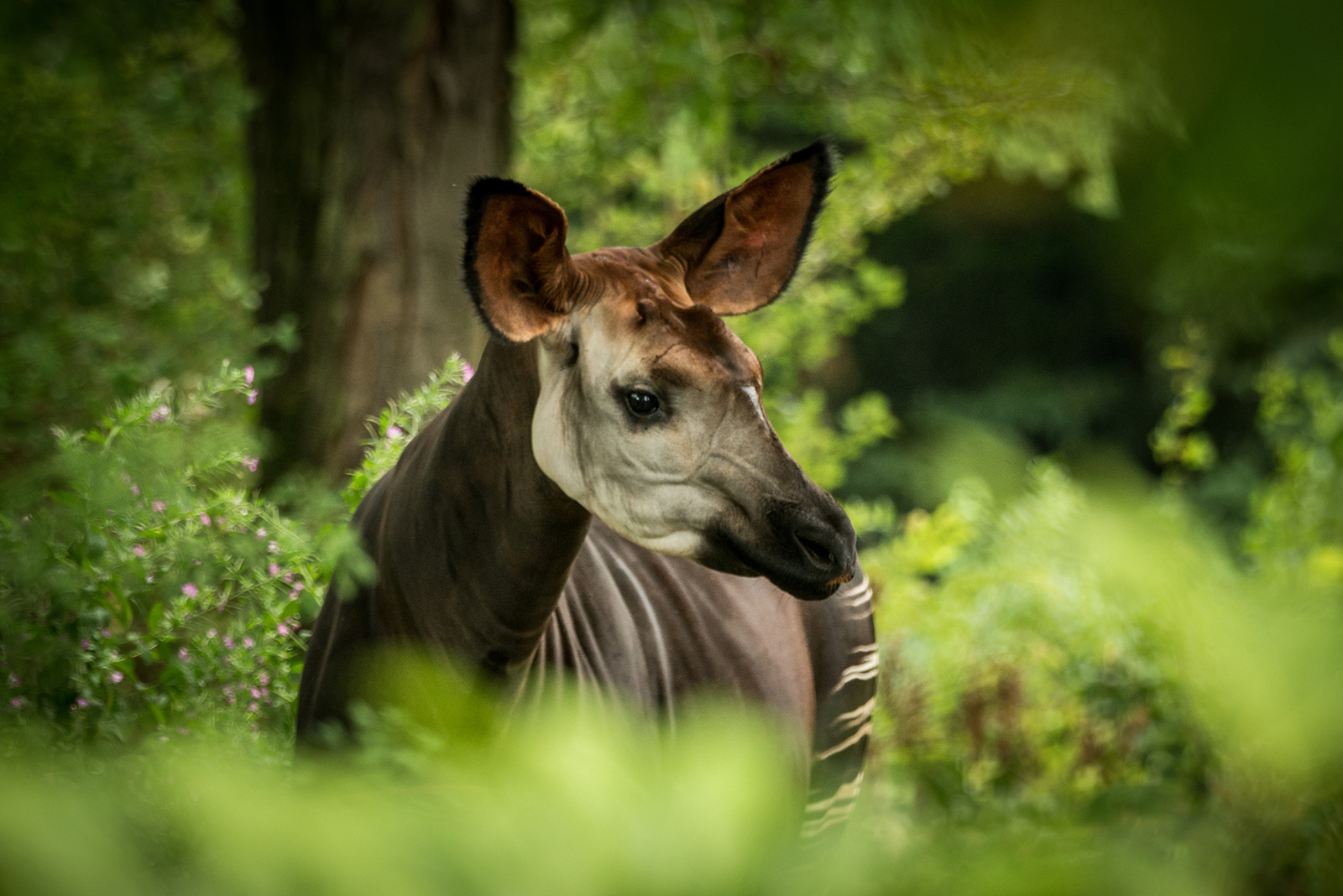
The okapi, or Africa’s version of a unicorn, is a shy yet beautiful creature native to the dense rainforests of the Democratic Republic of the Congo. With its zebra-striped legs and deep brown body, it might look like a mashup of a zebra and a horse, but it’s actually the only living relative of the giraffe!
The okapi’s long neck and large, flexible ears help it detect danger. Meanwhile, its natural coloring allows it to blend seamlessly into the dappled light of the rainforest.
For years, the okapi was so rarely seen that it was considered a myth by Western explorers. Even today, their secretiveness and remote habitats make them difficult to study.
But what we do know is this: Okapis are herbivores, using their long, giraffe-like tongues to strip leaves from branches. Conservation efforts continue to protect this rare species from threats like deforestation and poaching, ensuring this “hidden gem” can continue thriving in the wild!

